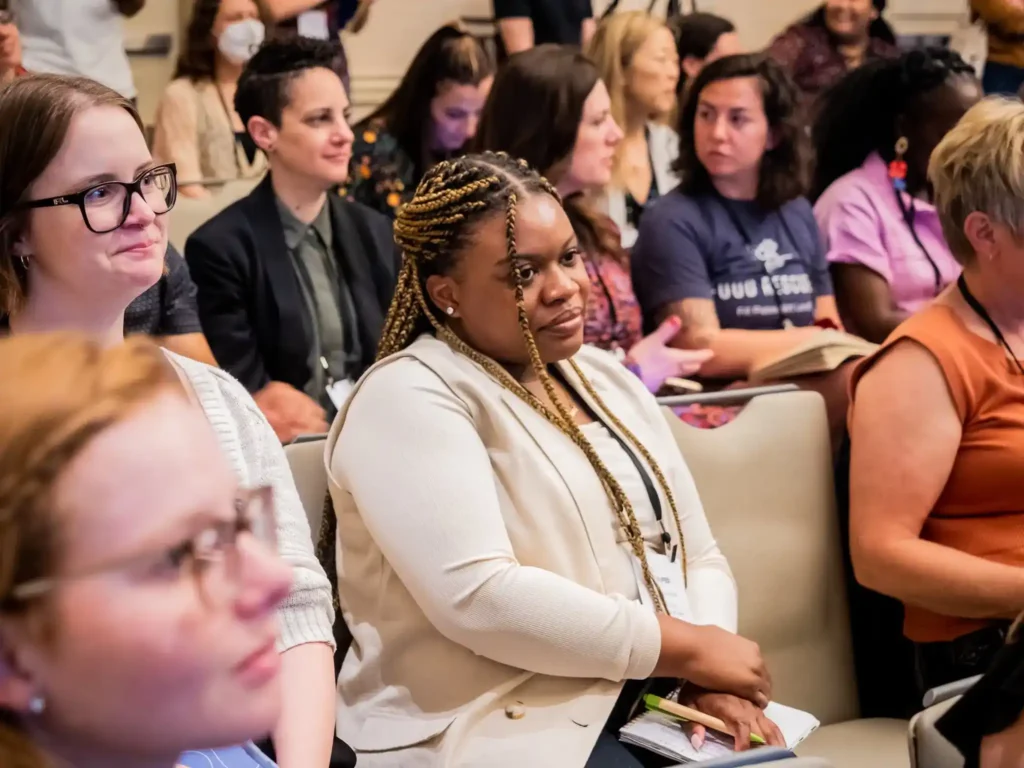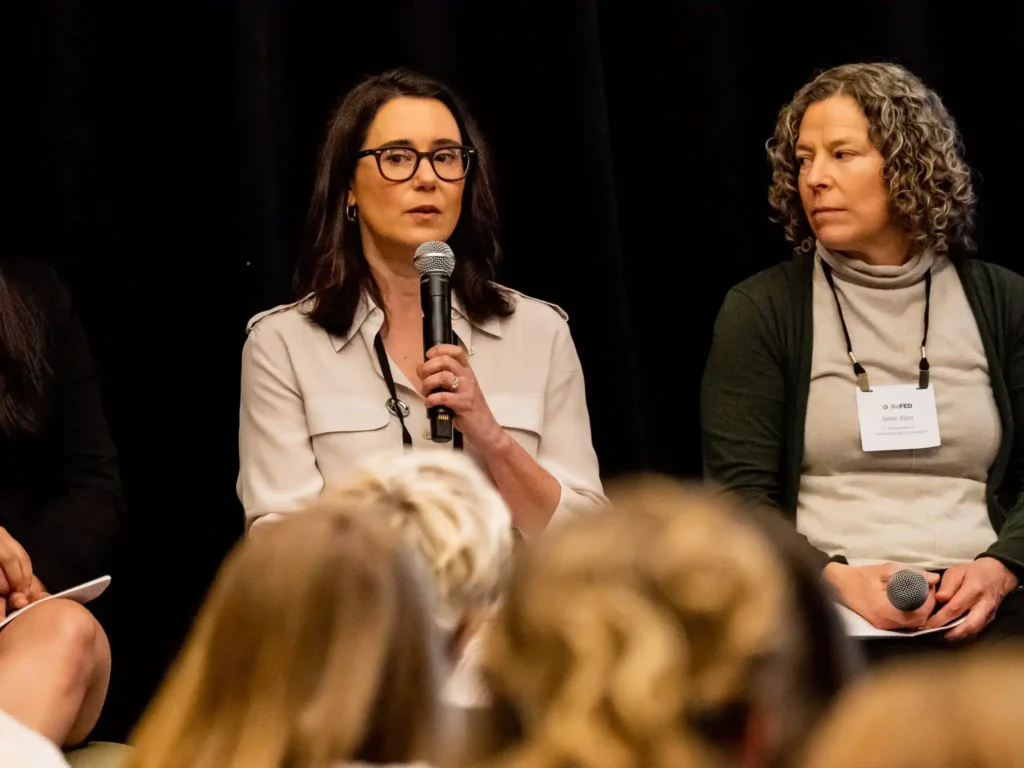The United Nations, the U.S. Government, and our home state of Michigan all have the same goal: to cut food waste in half by 2030. That’s because wasting less food is one of the best solutions to climate change. It’s also one of the easiest.
Let’s take a peek into the future—what does it look like in 2030 when food waste has been cut in half?
We have a greener environment
With 650 million tons of food not going to waste in 2030, we’re keeping about a trillion pounds of methane out of the atmosphere and we’ve eased up on land, water, and transportation use.
Everyone has enough to eat
Advancements in food recovery, processing, and distribution have helped redirect surplus food so no one has to go without healthy, nutritious food.
The economy is stronger
Everyone in the food system—eaters, producers, manufacturers, retailers—is saving money. New businesses have sprouted, leading to more jobs in the food waste reduction sector.
We value food more
Food isn’t thought of as something you can just throw away anymore. In 2030, we are more aware of all the work it takes to get food to our plates. Plus, we’re consuming more mindfully, creating healthier outcomes for everyone.
Our soil is healthier
Thanks to an influx of nutrient-rich compost, the soil we use for our crops, gardens, and landscaping is stronger and more resilient.
Sounds great, doesn’t it?
Fortunately, the road to get there is pretty great too. In 2030, food waste reduction is actually easy thanks to a number of innovations that have emerged:
Consumers have the tools to waste less
Hard as it is to hear, consumers are the ones wasting the most food. We waste food at home and when we eat out. But in 2030, we’ve gotten some help. Advances in how our food is packaged, widespread availability of curb-side composting, and the reemergence of good old fashioned home ec training have made wasting less food effortless.
Less waste is best for business
Restaurants and food service operations know throwing away food means throwing away money. They have learned how to tweak their portion sizes and business practices to reduce waste without sacrificing the customer experience. Plus, every food business is comfortable donating surplus food knowing they’re covered by federal liability protections.
Policies keep food out of landfills
Combined with widespread availability of composting services and easy donation programs, policies that limit how much we can all throw away are working. Plus, tax deductions for businesses who donate food and incentives to support composting make it an even sweeter deal.
“New” zero food waste business models
In 2030, we’re making sure that all of the food we produce finds a home. Online markets for surplus and imperfect produce, added processing capabilities to increase the amount of food we’re producing, and organics recycling gets food somewhere, anywhere, that’s not a landfill.
Everyone is involved
Long gone are the days when we were unaware of the damage wasting food causes. Now, local and state governments, schools, households, and businesses are all leading by example—wasting less and inspiring others to do the same.
All of this is already in the works, thanks to a growing community of people around the world who, like us, think food waste reduction is the bees knees.
Here in Michigan, we’re part of a group that’s putting together a Roadmap for the state to reach that goal of cutting food waste in half. It will be complete in the fall of 2023, and we’ll be sure to share it with you.
In the meantime, you can visit this page to learn more about the Roadmap and make your voice heard.
Can’t wait for 2030?
See for yourself what the future looks like:






